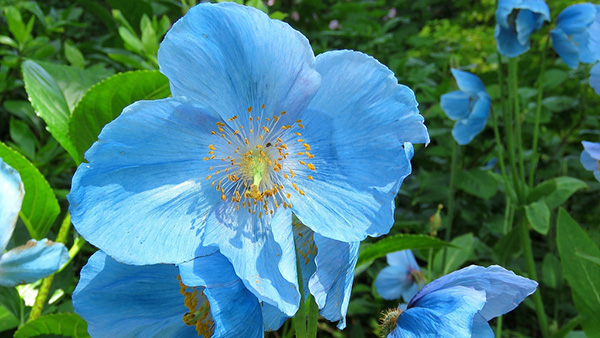
NATIONAL FLAG
Bhutan’s National Flag is divided diagonally: the upper diagonal is yellow and the lower orange. Separating the two diagonals is a white dragon facing away from the hoist side. Yellow signifies the secular tradition and authority of the King and orange the Buddhist spiritual tradition. The dragon represents the name of the kingdom: Druk Yul or Land of the Thunder Dragon. The dragon signifies purity and the jewels held in the dragon’s claws represent Bhutan’s wealth and security. The dragon’s snarling mouth symbolizes the Bhutanese guardian deities’ ferocious commitment to protect the nation.

NATIONAL SPORTS
The national sport is the Archery (Dha). The bow and arrow play a significant role in many Bhutanese myths and legends; images of the gods holding a bow and arrows are considered especially favorable. Archery was declared the national sport in 1971 when Bhutan became a member of the United Nations. Bhutan also maintains an Olympic archery team. Archery tournaments and competitions are held throughout the country. Archery is played during religious and secular public holidays in Bhutan, local festivals (tsechu), between public ministries and departments, and between the dzongkhag and the regional teams.

NATIONAL BIRD
The national bird is the raven. It adorns the royal crown. The raven represents the deity Gonpo Jarodongchen (raven headed Mahakala), one of the chief guardian deities of Bhutan.It is believed that the deity took the form of a raven to guide and unify the country. It looks quite similar to the crow but the raven is much larger.

NATIONAL FLOWER
The national flower is the Blue Poppy (Meconopsis Gakyidiana) It is a delicate blue or purple tinged blossom with a white filament. It grows to a height of 1 meter, and is found above the tree line (3500-4500 meters) on rocky mountain terrain. It was discovered in 1933 by a British Botanist, George Sherriff in a remote part of Sakteng in eastern Bhutan.

NATIONAL TREE
The national tree is the cypress (Cupressustorolusa). Cypresses are found in abundance and one may notice large cypresses near temples and monasteries. This tree is found in the temperate climate zone, between 1800 and 3500 meters. Its capacity to survive on rugged harsh terrain is compared to bravery and simplicity.
The most distinctive characteristic of Bhutanese cuisine is its spiciness. Chillies are an essential part of nearly every dish and are considered so important that most Bhutanese people would not enjoy a meal that is not spicy. Rice forms staple Bhutanese diet. It is accompanied by one or two side dishes consisting of meat or vegetables. Pork, beef and chicken are consumed most often. A wide selection of western and Indian food is also available in many of the restaurants around the country.
There is no limit on the number of tourists allowed to visit in a year. In order to protect our culture, traditions and natural environment, the government has adopted a unique policy of “High Value, Low Impact ”. This policy is aimed at attracting discerning tourists that will respect the unique culture and values of the Bhutanese people while also providing the visitors with an unforgettable one of a kind experience.
It is a government regulation that you must use a licensed Bhutanese tour operator to book your travel to Bhutan or one of their international partners.
Copyright © 2023 Teem Travel Bhutan All Rights Reserved